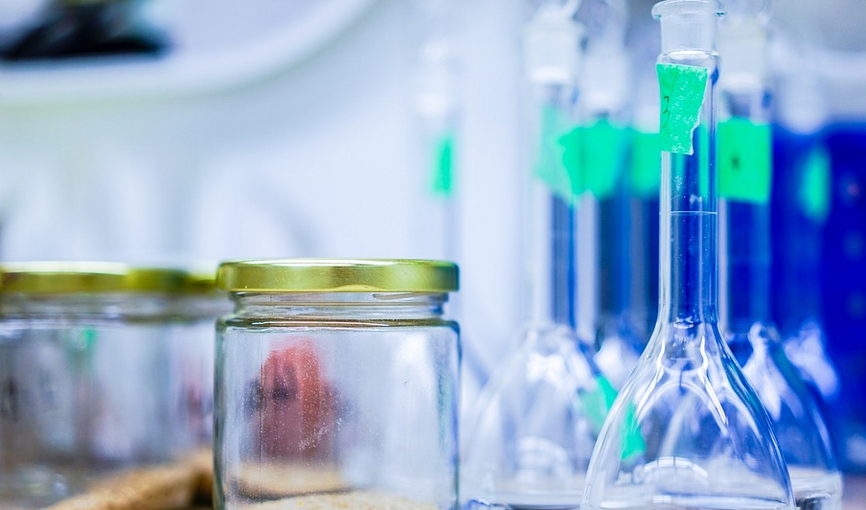Introduction
Chemical bonding is a fundamental concept in chemistry that involves the formation of chemical compounds through the sharing or transfer of electrons between atoms. Chapter 6 of your chemistry textbook covers chemical bonding, and it’s essential to practice what you’ve learned to ensure you understand the concept fully. This article provides tips and a practice test that can help you master the topic.
Types of Chemical Bonds
There are three types of chemical bonds: ionic, covalent, and metallic. Ionic bonds are formed when atoms transfer electrons to form ions that attract each other due to their opposite charges. Covalent bonds, on the other hand, are formed when atoms share electrons to achieve a stable electron configuration. Metallic bonds occur in metals when atoms share electrons in a sea of delocalized electrons.
Properties of Chemical Bonds
Chemical bonds have specific properties that can be used to identify the type of bond formed. These properties include bond length, bond energy, and bond polarity. Bond length refers to the distance between the nuclei of two bonded atoms, while bond energy is the amount of energy required to break a bond. Bond polarity refers to the distribution of electrons between atoms in a bond, which can be either polar or nonpolar.
Practice Test
To test your understanding of chemical bonding, here’s a practice test: 1. What is the difference between ionic and covalent bonds? 2. How do metallic bonds differ from ionic and covalent bonds? 3. What is bond length, and how is it related to bond energy? 4. What is bond polarity, and how can it be determined? 5. Give an example of a polar covalent bond and a nonpolar covalent bond.
Answers to Practice Test
1. Ionic bonds involve the transfer of electrons, while covalent bonds involve the sharing of electrons. 2. Metallic bonds involve the sharing of electrons in a sea of delocalized electrons, while ionic and covalent bonds involve the transfer and sharing of electrons between atoms. 3. Bond length is the distance between the nuclei of two bonded atoms, and it’s related to bond energy in that the shorter the bond length, the higher the bond energy. 4. Bond polarity refers to the unequal distribution of electrons between atoms in a bond, which can be determined by calculating the electronegativity difference between the atoms. 5. An example of a polar covalent bond is the bond between hydrogen and oxygen in water, while an example of a nonpolar covalent bond is the bond between two hydrogen atoms in hydrogen gas.
Conclusion
Chemical bonding is a crucial concept in chemistry that requires practice to master. This article has provided an overview of chemical bonding, including the types of chemical bonds and their properties. By taking the practice test, you can assess your understanding of the topic and identify areas that require further study. With dedication and practice, you can become proficient in chemical bonding and excel in your chemistry class.

